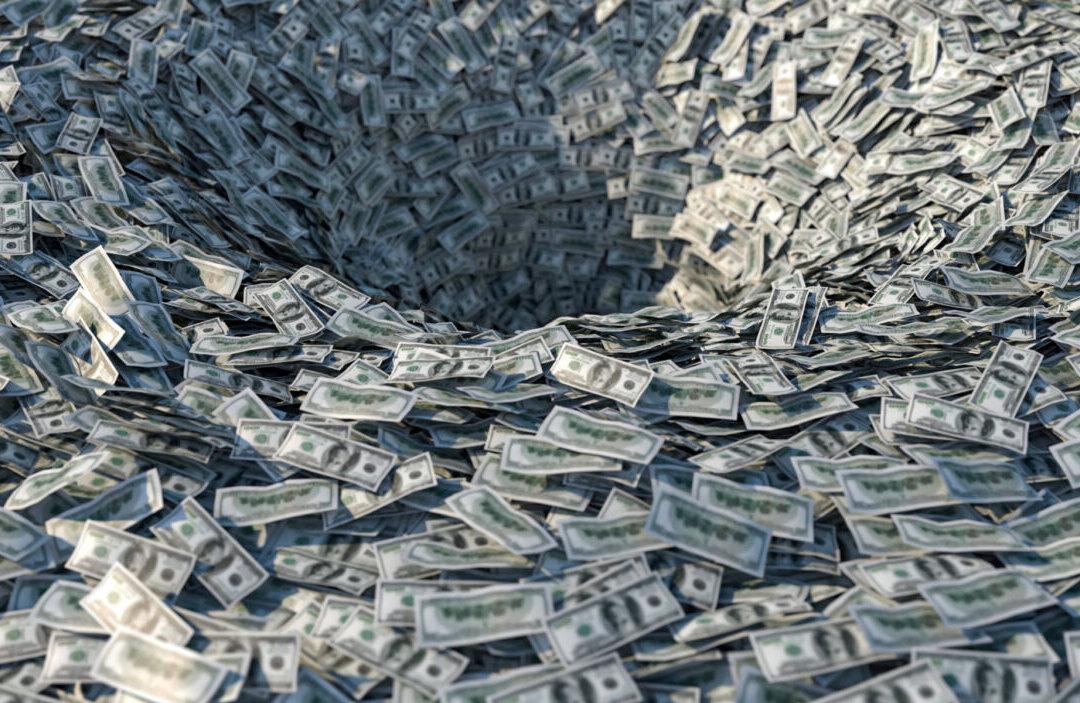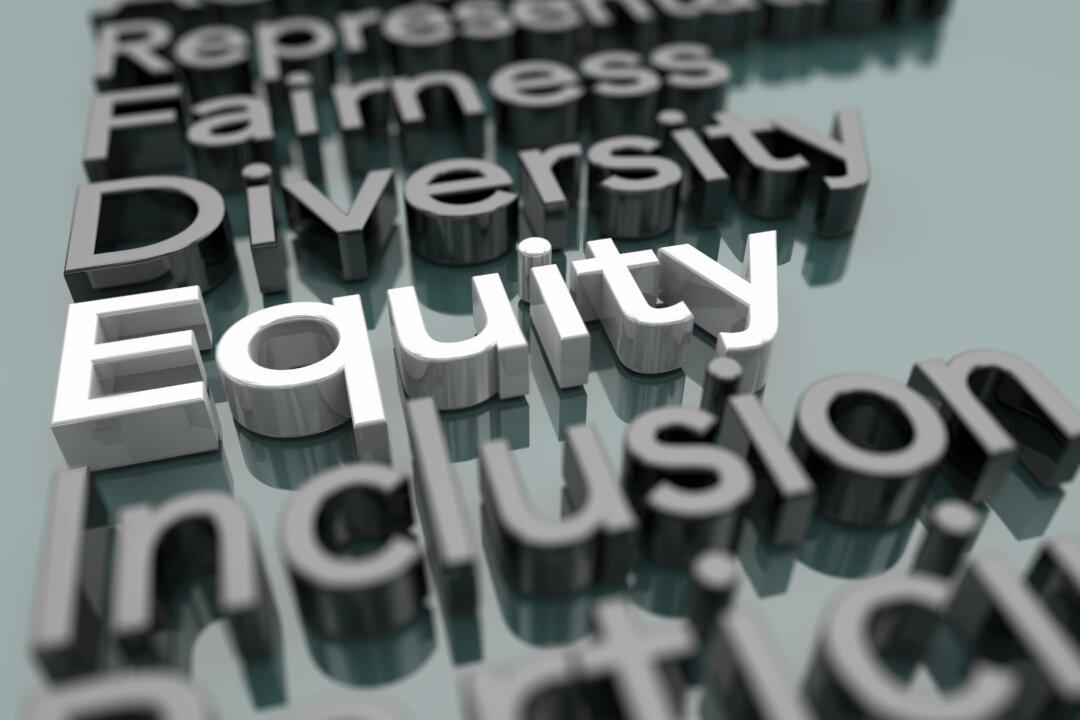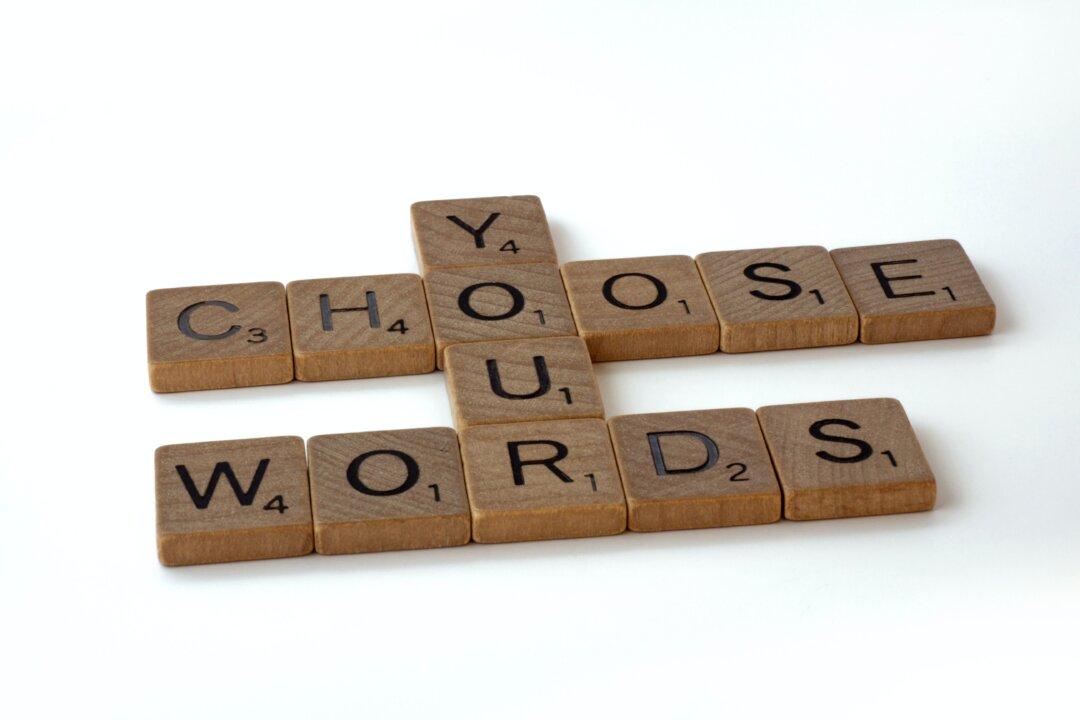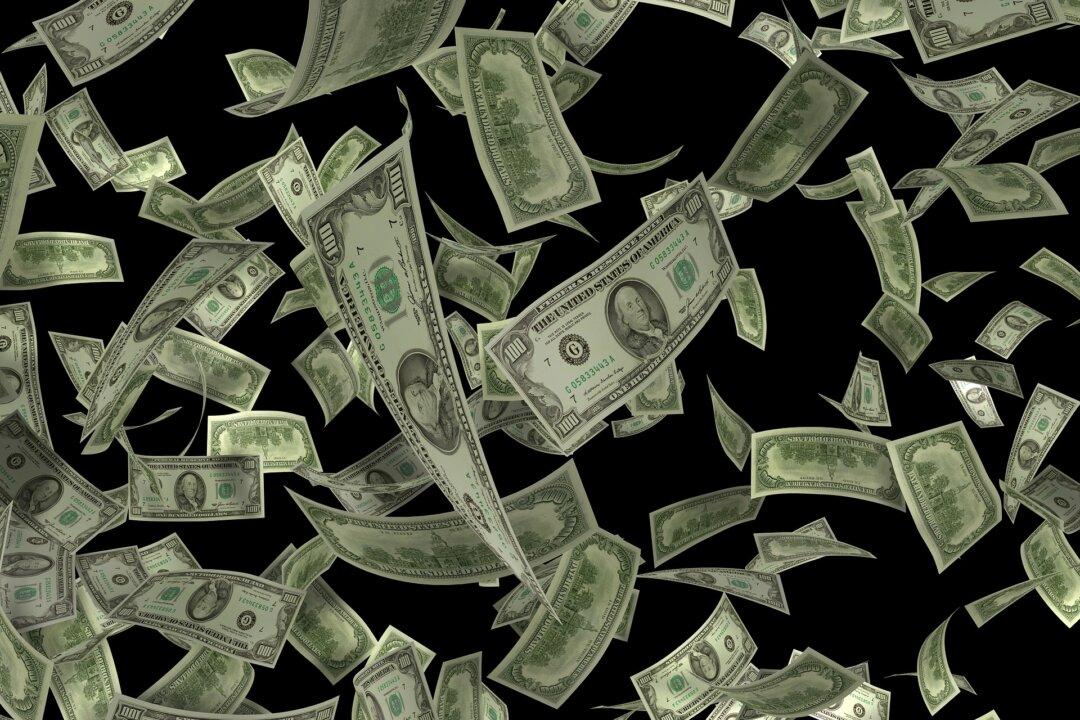This talk was delivered on Sept. 3, 2022, at the Ron Paul Institute conference in northern Virginia.
I. Introduction
Remember the quaint old days of 2019? We were told the U.S. economy was in great shape. Inflation was low, jobs were plentiful, gross domestic product was growing. And frankly, if COVID hadn’t come along, there’s a pretty good chance Donald Trump would have been reelected.At an event in 2019, my friend and economist Dr. Bob Murphy said something very interesting about the political schism in this country.






